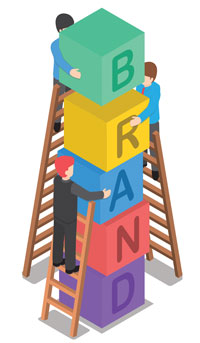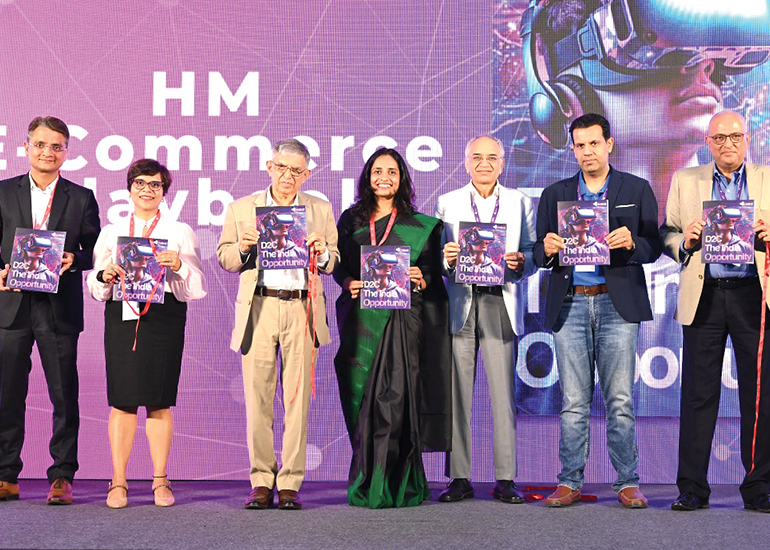To use popular Americanisms, leaders of the new economy ‘compete for eyeballs’ and ‘the winner takes it all’.
It requires a wider free-ranging expedition into psychology, economics and sociology .Without such synthesis, society’s engagement with brands will not be pertinently described. If it remains poorly understood, it will impact the entire world. Engagement economy is beyond the material, tangible economy.
Success is based on fame. Fame is a consequence of mass following. Group adoration is impossible without attention. Attention is fleeting. Hence success is transient. Yesterday it was Obama, today it is Trump. Titans, celebrities and even philosophies – all can rise and ebb with the attention and engagement granted to them. Even in a flatter economy or recessionary withdrawal, the companies that keep pedaling the brand engagement cycle travel farthest. Nike, Apple, Calvin Klein, Disney, Starbucks, Coca-Cola, and in so many other cases as well, the act of branding and brand-based engagement became the centerpiece of the business dynamic.
 However, this process cannot proceed to fruition until attention is sought or bought with suitable guarantees. In 1971, American economist and political scientist, Herbert Simon wrote prophetically.
However, this process cannot proceed to fruition until attention is sought or bought with suitable guarantees. In 1971, American economist and political scientist, Herbert Simon wrote prophetically.“In an information-rich world, the wealth of information means a dearth of something else: a scarcity of whatever it is that information consumes. What information consumes is rather obvious: it consumes the attention of its recipients. Hence, a wealth of information creates a poverty of attention.” We are all poor if we don’t conserve the currency of our attention. But it’s a world of high demand for responsiveness and the advertisingsupported media; viz entertainment, news, and free services, have mastered grabbing our interest, holding and growing it and reselling that attention to advertisers.
Let me also spell out the distributive aspects of this model. Logically, each individual with two eyeballs is an equal unit. This is not so. Firstly, because we look at the eyes, but we seek the wallet. Secondly, not every engagement is ‘on average’, hence the most precious, most highly engaged aficionados, matter most. There are finite hours in a year. The glass ceiling of bandwidth and message packing density that are achievable are both known fixed values. While we, as consumers, are always showing interest, keeping engaged, and leaning forward, yet nothing can be in the inventory. It is instantly fleeting.
Secondly, human cognition is under unprecedented strain. It has evolved to process only that much. Hence, if our sensory mechanisms pick up too much for the brain to process, it simply ignores or forgets it. For brands, this is opportunity cost because of information hyperinflation - too much chasing too few.
The entire media and communications industry (including advertising, entertainment in all genres and public relations) is based on hooks to attention and building reach and engagement.
Persuasion leads to market share. But what leads to persuasion?
The answer is:
• Insight
• ‘Cut through’ creatives
• Media firepower, and;
• Earned exposure
The aim is to influence demand, create preference and get higher price realization. Therefore, gaining and retaining engagement provides the glue that creates a loyalist following. You can’t be a fan if you are unaware and not a follower. This is leading to steady growth in user–brand media exchange. The concept has evolved rapidly where brands are now ‘publishers’ and brand platforms are ‘content developers’. Branded existence is replicated endlessly and peer advice also comes through a brand lens. Experience is of editorial value and prized as a publishing of ‘do it yourself’ content. Pepsi, Volkswagen, Smirnoff, KFC, Tommy Hilfiger – the list of those who have platform content or embedded brand in a user community environment is long and growing.
Remember this as you navigate the world of engagement and consumer consideration – That the idea and community building around it is the most relevant act of ‘production’.
The modern business of brand building is mostly about owning the idea and grabbing attention. The rest can all come later.
The author is a Marketer based out of Mumbai























